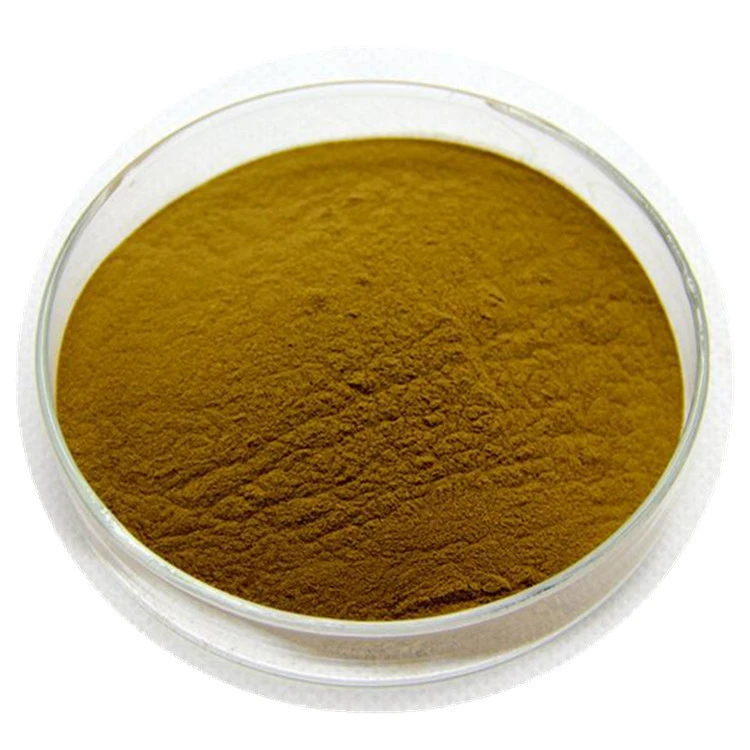Warning: Undefined array key "title" in /home/www/wwwroot/HTML/www.exportstart.com/wp-content/themes/1198/header.php on line 6
Warning: Undefined array key "file" in /home/www/wwwroot/HTML/www.exportstart.com/wp-content/themes/1198/header.php on line 7
Warning: Undefined array key "title" in /home/www/wwwroot/HTML/www.exportstart.com/wp-content/themes/1198/header.php on line 7
Warning: Undefined array key "title" in /home/www/wwwroot/HTML/www.exportstart.com/wp-content/themes/1198/header.php on line 7
- Afrikaans
- Albanian
- Amharic
- Arabic
- Armenian
- Azerbaijani
- Basque
- Belarusian
- Bengali
- Bosnian
- Bulgarian
- Catalan
- Cebuano
- China
- China (Taiwan)
- Corsican
- Croatian
- Czech
- Danish
- Dutch
- English
- Esperanto
- Estonian
- Finnish
- French
- Frisian
- Galician
- Georgian
- German
- Greek
- Gujarati
- Haitian Creole
- hausa
- hawaiian
- Hebrew
- Hindi
- Miao
- Hungarian
- Icelandic
- igbo
- Indonesian
- irish
- Italian
- Japanese
- Javanese
- Kannada
- kazakh
- Khmer
- Rwandese
- Korean
- Kurdish
- Kyrgyz
- Lao
- Latin
- Latvian
- Lithuanian
- Luxembourgish
- Macedonian
- Malgashi
- Malay
- Malayalam
- Maltese
- Maori
- Marathi
- Mongolian
- Myanmar
- Nepali
- Norwegian
- Norwegian
- Occitan
- Pashto
- Persian
- Polish
- Portuguese
- Punjabi
- Romanian
- Russian
- Samoan
- Scottish Gaelic
- Serbian
- Sesotho
- Shona
- Sindhi
- Sinhala
- Slovak
- Slovenian
- Somali
- Spanish
- Sundanese
- Swahili
- Swedish
- Tagalog
- Tajik
- Tamil
- Tatar
- Telugu
- Thai
- Turkish
- Turkmen
- Ukrainian
- Urdu
- Uighur
- Uzbek
- Vietnamese
- Welsh
- Bantu
- Yiddish
- Yoruba
- Zulu
ನವೆಂ . 07, 2024 22:27 Back to list
Comparative Analysis of Sucralose and Aspartame in Food Industry Applications and Health Impacts
The Sweet Debate Sucralose vs. Aspartame
In the world of artificial sweeteners, few names evoke as much discussion and scrutiny as sucralose and aspartame. Both substances are widely used in low-calorie and sugar-free products, making them prominent fixtures in diets aimed at weight management and diabetic control. However, the ongoing debate surrounding their health effects, culinary applications, and consumer perceptions creates a nuanced landscape for those seeking to understand these sweeteners.
Understanding Sucralose and Aspartame
Sucralose, discovered in 1976, is a chlorinated derivative of sucrose (table sugar). It is approximately 600 times sweeter than sugar, which means only a minute quantity is needed to achieve the desired sweetness. Because of its stable structure, sucralose remains unaffected by heat, making it suitable for baking and cooking, where it can withstand high temperatures without losing sweetness.
Aspartame, identified in 1965, is a dipeptide made from two amino acids aspartic acid and phenylalanine. Aspartame is about 200 times sweeter than sugar but breaks down when heated, limiting its use in baking. Instead, it is commonly found in beverages, desserts, and various low-calorie snacks.
Health Perspectives
The safety of artificial sweeteners has long been a contentious issue. Both sucralose and aspartame have undergone rigorous testing and scrutiny by health authorities around the world. The U.S. Food and Drug Administration (FDA), the European Food Safety Authority (EFSA), and the World Health Organization (WHO) have declared both sweeteners safe for human consumption within established acceptable daily intake levels. Nevertheless, some consumers remain skeptical, citing anecdotal reports of headaches, digestive issues, or other adverse effects.
Critics of aspartame often highlight concerns regarding its potential link to various health issues, including headaches and, in rare cases, phenylketonuria (PKU) exacerbation, a genetic disorder affecting amino acid metabolism. In contrast, sucralose has faced its share of criticism, with some studies suggesting possible negative impacts on gut health and glucose metabolism. However, extensive research has not conclusively proven these claims, leaving the sweeteners' safety firmly in the hands of regulatory bodies.
sucralose et aspartame

Consumer Preferences and Trends
Consumer preferences are shifting as awareness of health and wellness grows. Many individuals are seeking alternatives to sugar while also considering potential health consequences. As a result, the demand for natural sweeteners, such as stevia and monk fruit, is rising, challenging the dominance of sucralose and aspartame.
Interestingly, the perception of these sweeteners varies among different demographics. Younger consumers, often more health-conscious and trend-driven, may gravitate toward natural options and avoid artificial sweeteners altogether. On the other hand, older adults or those with specific dietary needs might still favor traditional low-calorie sweeteners like aspartame, especially in products they have consumed for years.
Culinary Applications
The choice between sucralose and aspartame often comes down to usage in cooking and baking. Sucralose’s heat stability allows for versatile applications, appealing to home bakers and food manufacturers alike. It can offer a similar taste profile to sugar in recipes, which is why brands often use it in various products from candies to sauces.
Aspartame’s limited heat tolerance restricts its culinary use, but its flavor profile works well in cold applications. This propels its popularity in soft drinks and chilled desserts, where sugar replacement is crucial for maintaining sweetness without the extra calories.
Conclusion
The debate between sucralose and aspartame reveals much about society’s evolving relationship with food, health, and wellness. As consumers become more inclined to scrutinize food labels and seek products that align with their health goals, the future of these sweeteners remains uncertain. While both sucralose and aspartame continue to be regarded as safe by health authorities, ongoing research and changing consumer preferences will undoubtedly shape their roles in the food industry. Ultimately, whether one prefers the taste of sucralose or aspartame may be less about the science and more about personal choice—a reflection of our fast-changing attitudes toward diet, health, and sustainability.
Latest news
-
Certifications for Vegetarian and Xanthan Gum Vegetarian
NewsJun.17,2025
-
Sustainability Trends Reshaping the SLES N70 Market
NewsJun.17,2025
-
Propylene Glycol Use in Vaccines: Balancing Function and Perception
NewsJun.17,2025
-
Petroleum Jelly in Skincare: Balancing Benefits and Backlash
NewsJun.17,2025
-
Energy Price Volatility and Ripple Effect on Caprolactam Markets
NewsJun.17,2025
-
Spectroscopic Techniques for Adipic Acid Molecular Weight
NewsJun.17,2025

